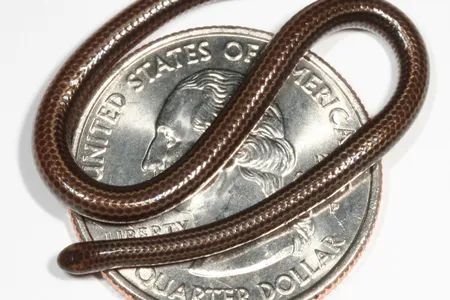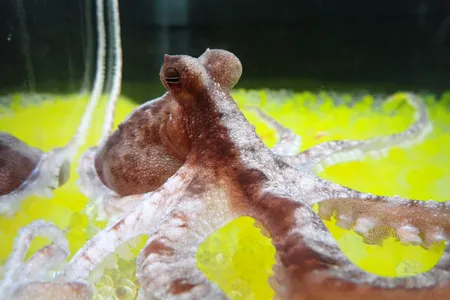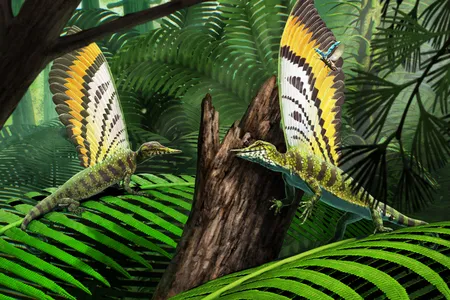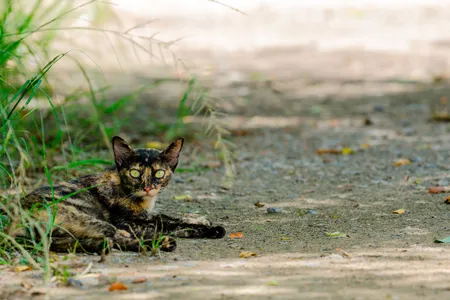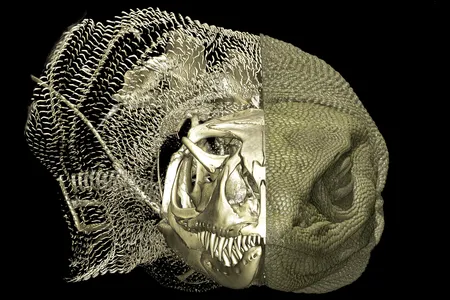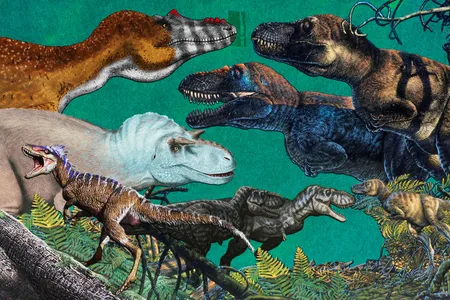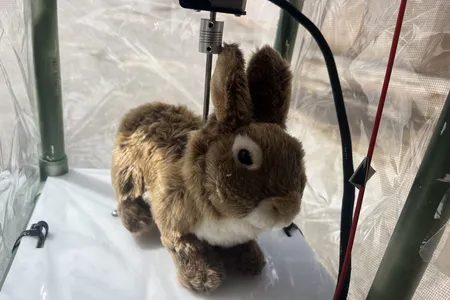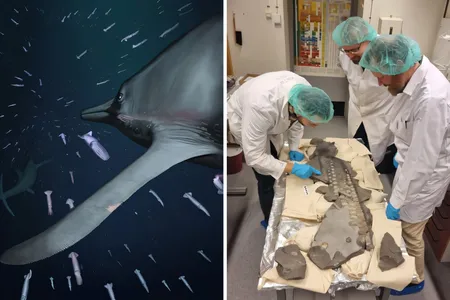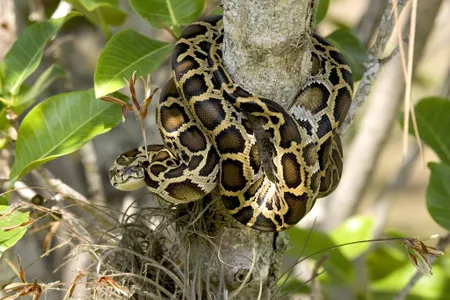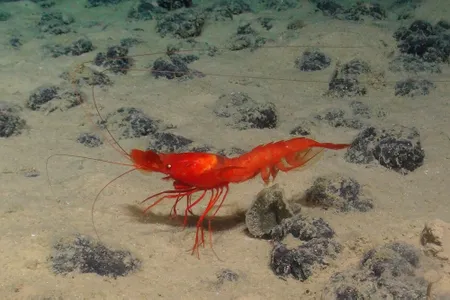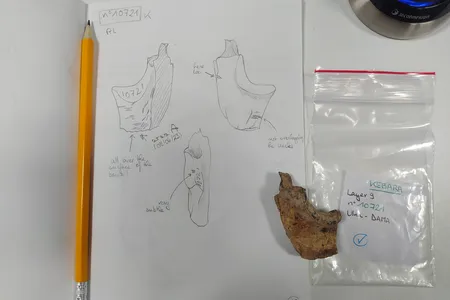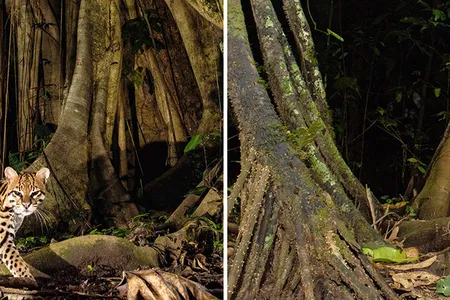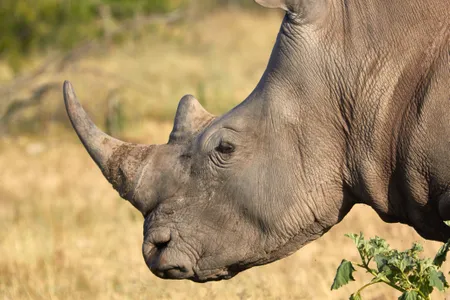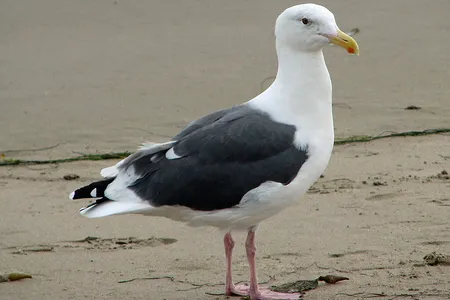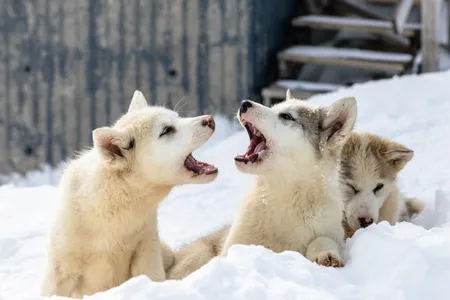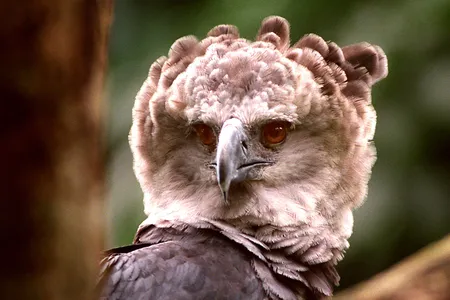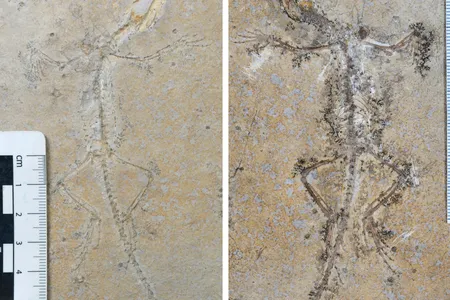Scientists Feared the World’s Smallest Snake Had Gone Extinct. They Just Found It Again
When fully grown, the Barbados threadsnake is only three to four inches long—shorter than many earthworms
Octopuses Fall for the Rubber Hand Illusion, Just Like Humans, Pointing to a Sense of Body Ownership
The trick that plays with awareness of one’s own limb appeared to fool all six of the cephalopods tested in a series of experiments
This Surprising Ancient Reptile Had a Colorful, Corrugated Sail on Its Back. New Research Suggests It Was Used to Communicate
A 247-million-year-old fossil from a German natural history museum reveals the secrets of Mirasaura
Why Fire Island Has Seen an Explosion of Feral Cats
In New York’s only federal wilderness area, the loss of a key predator has led to the rise of a new one—with dire consequences for the island’s native birds
These Odd Bony Structures Were Hiding Beneath the Skin of Far More Lizards Than Thought, Researchers Find
Called osteoderms, the chain mail-like plates may have helped some species adapt to Australia’s harsh environment
Meet Ten Tyrannosaurs That Came Before T. Rex, From Small, Feathery Creatures to 30-Foot-Long Bone-Crushers
Everyone knows the famous tyrant lizard king, but its relatives amaze, too
‘Robo-Bunnies’ Are the Newest Weapon in the Fight Against Invasive Burmese Pythons in Florida
Scientists are experimenting with robotic rabbits in hopes of luring the destructive snakes out of hiding so they can be euthanized
How Do Dogs Watch TV? That Might Depend on Their Personalities, New Research Suggests
A survey-based study reveals how different dogs react to elements on TV, suggesting that personalized television enrichment could support animal welfare in shelters or at home
Fossil Flipper Reveals Ichthyosaurs Hunted in Lethal Silence With Unique Adaptations for Stealth
An analysis of a roughly 180-million-year-old fossil fin reveals serrations and flexibility that might have served to dampen sound as the predator swam
Researchers Discover the Trick That Allows Burmese Pythons to Digest the Bones of Their Prey
Special intestinal cells collect excess minerals into particles the snakes can poop out, according to a new study
As Interest in Deep-Sea Mining Grows, Scientists Raise Alarms About the Possible Ecological Consequences
Gathering minerals such as nickel, cobalt, manganese and lithium from the seabed could affect everything from sponges to whales. The long-term effects of these extractions remain uncertain
Cut Marks on Animal Bones Suggest Neanderthal Groups Had Their Own Unique Culinary Traditions
Neanderthals in two nearby caves used different techniques when butchering animal carcasses in what is now Israel, according to a new paper
Video Reveals an Unlikely Bond Between Ocelots and Opossums in the Amazon, Walking Together Like ‘Old Friends’
Researchers captured the footage by surprise, with cameras initially set up to record bird behavior
Scientists Recover Ancient Proteins From Animal Teeth Up to 24 Million Years Old, Opening Doors to Learning About the Past
Two new papers analyze fossils found in Canada and Kenya, respectively—vastly different environments for the preservation of genetic material
How Cancer Research for Dogs Is Helping Improve Treatment for Pets and Humans Alike
Canine and human cancers bear many similarities, and studies on dogs are helping advance care for our furry friends and for us
The U.S. Army Is Getting Rid of Most of Its Ceremonial Horse Units
Senior military leaders at five forts will have one year to transfer, adopt out or donate the horses under their command
A California Gull Hitched a Ride on a Garbage Truck and Took an 80-Mile Journey to a Compost Facility. Then It Happened Again
GPS tracking data showed the bird zooming across bridges and interstates at 60 miles per hour on two occasions in 2018
Greenland Sled Dog DNA Reveals a Story of Human Migration and Ancestry of the Unique Breed
Researchers analyzed ancient and modern genetic samples of the Greenlandic Qimmit breed to shed light on the long relationship between the Inuit and their dogs in the Arctic
Why Did a Large Harpy Eagle Attack an Adult Woman?
The incident, which took place in the forest in French Guiana, was an extremely rare occurrence
A Paleontologist Matched Two Halves of the Same Fossil Stored at Different Museums—and Discovered a New Species
Meet Sphenodraco scandentis, a tree-dwelling, lizard-like reptile that roamed around with the dinosaurs during the Late Jurassic period roughly 145 million years ago
Page 1 of 206
